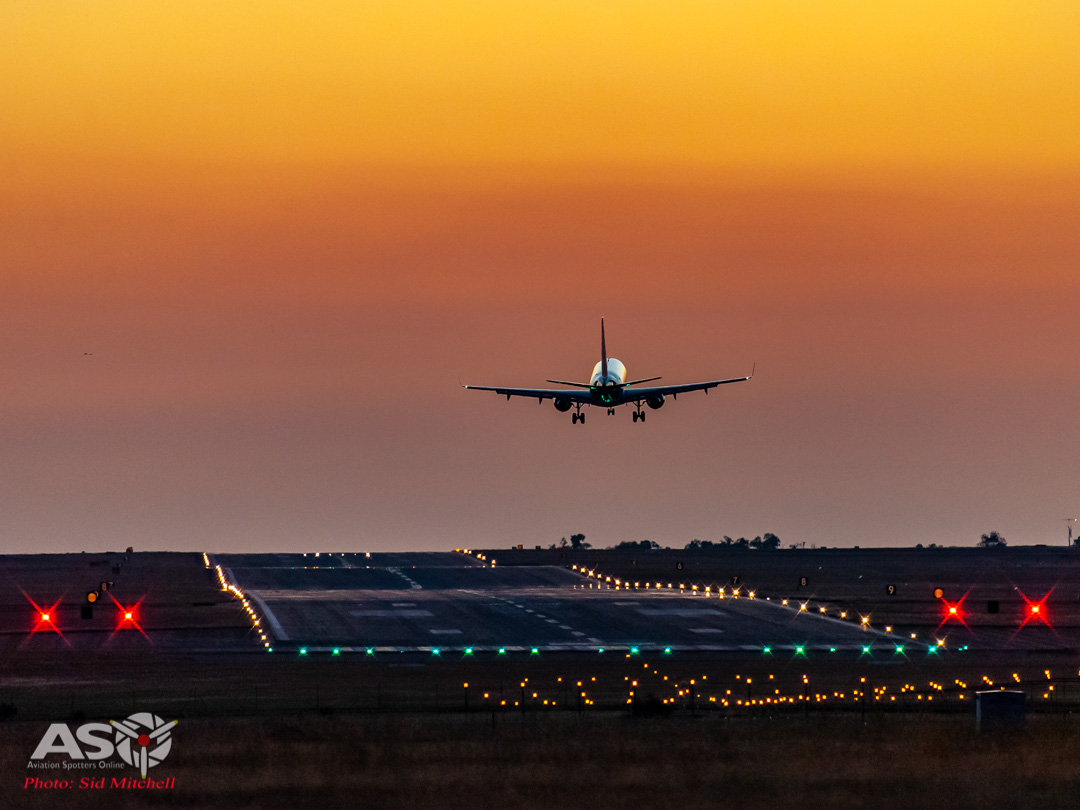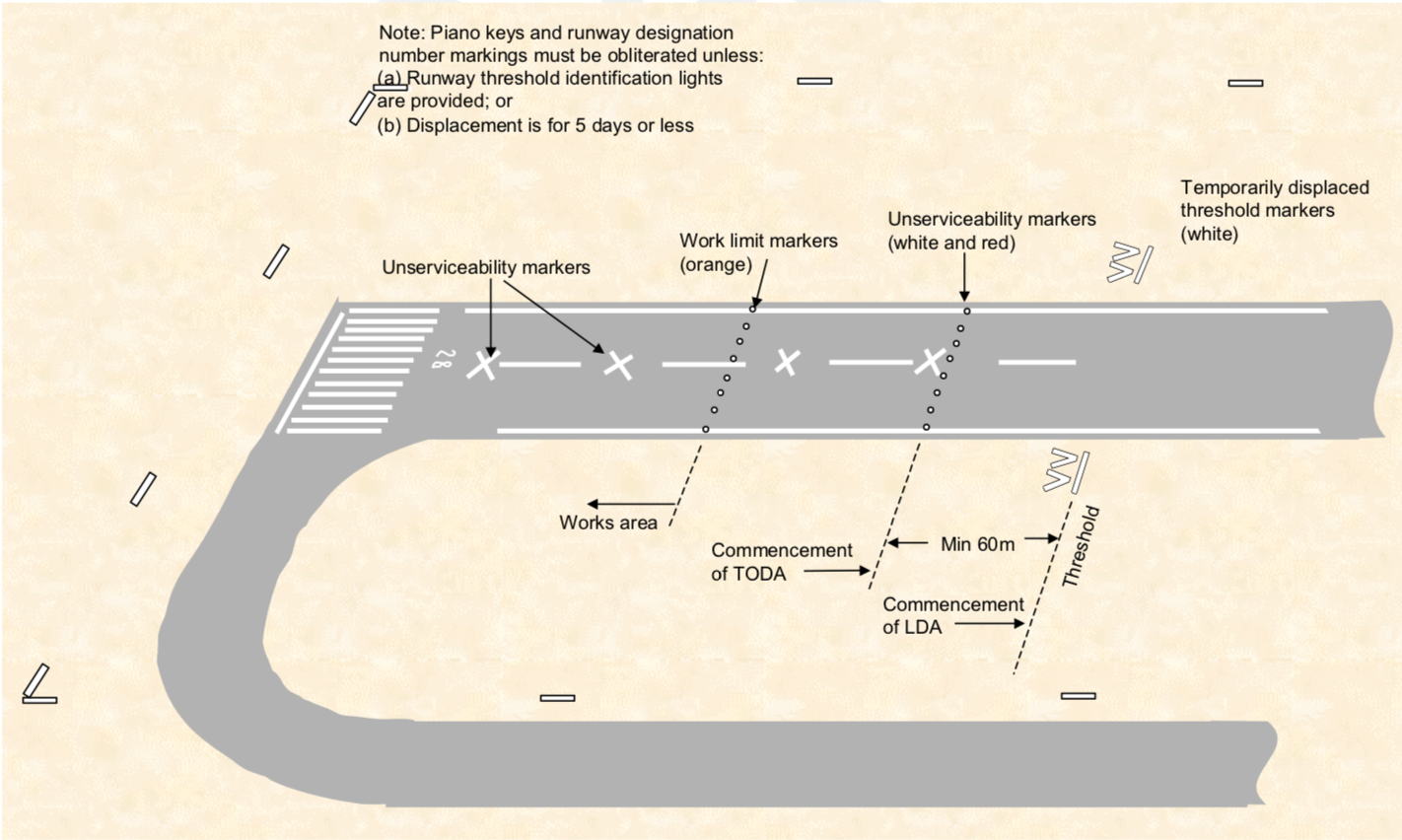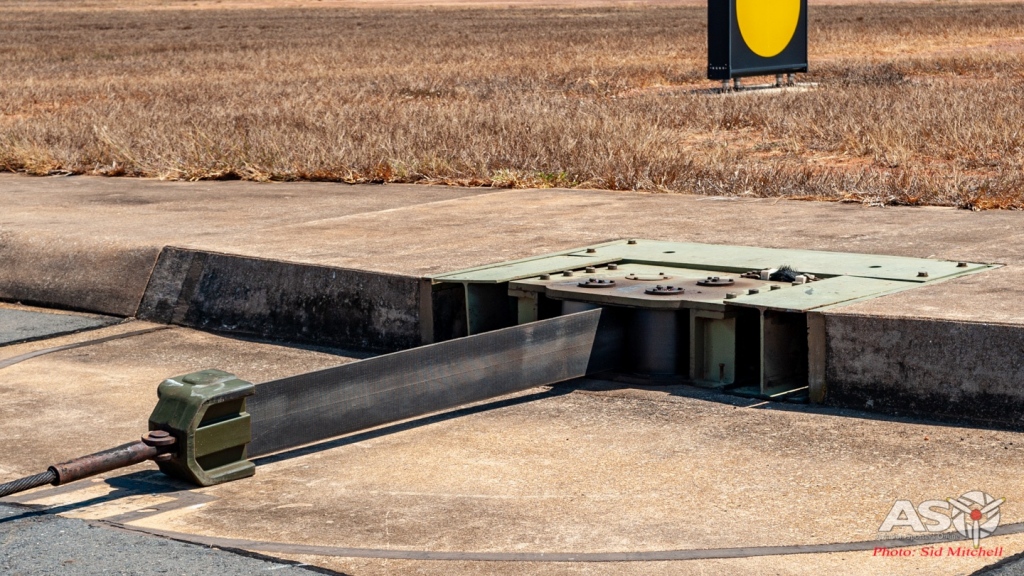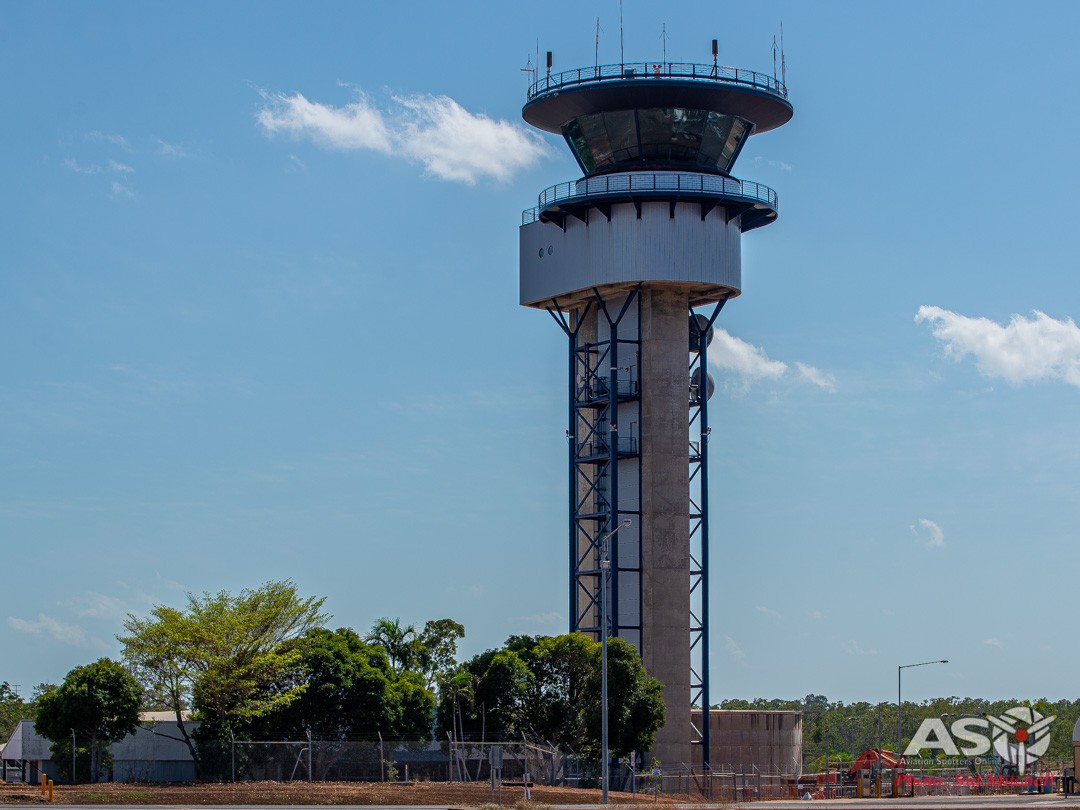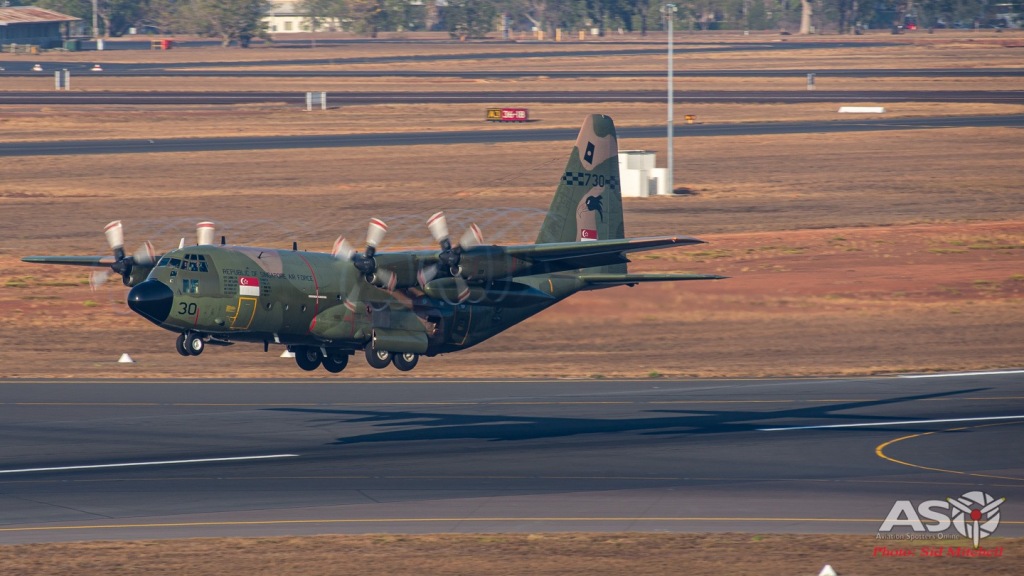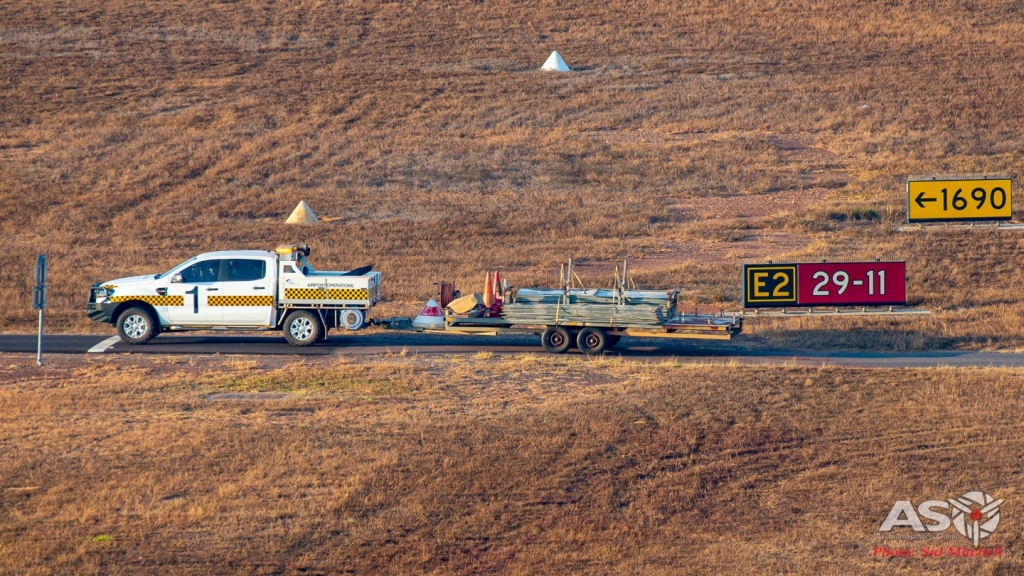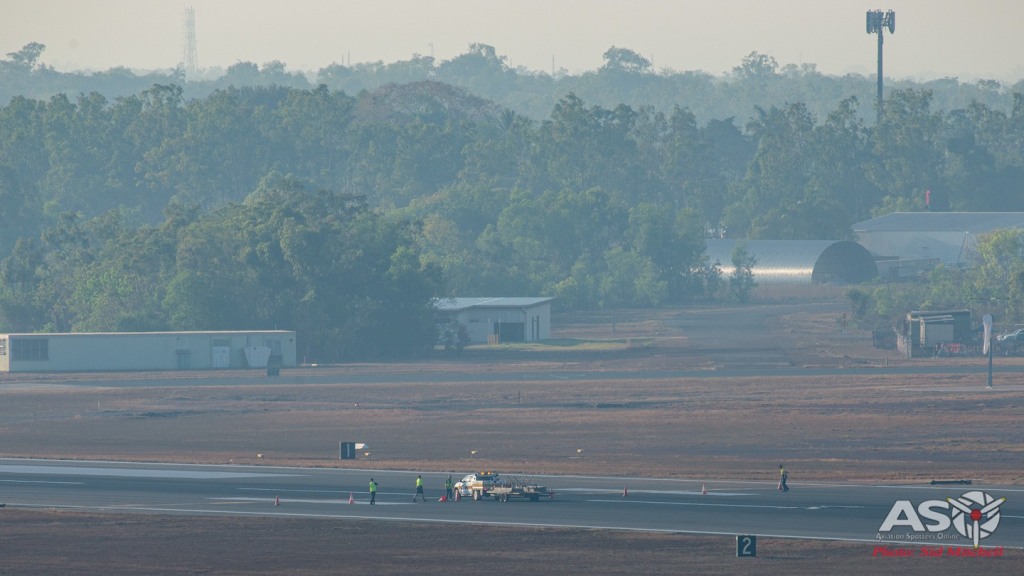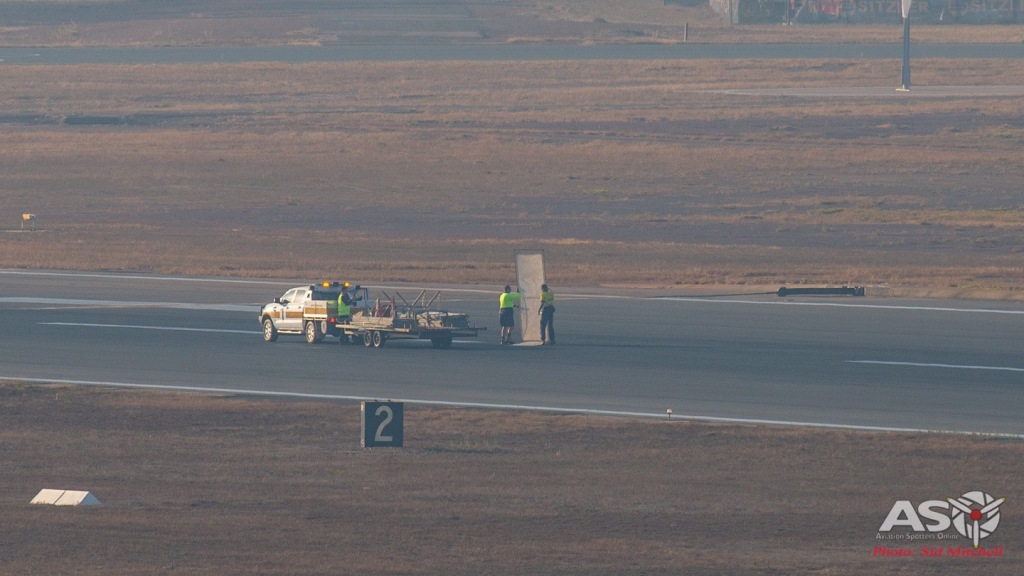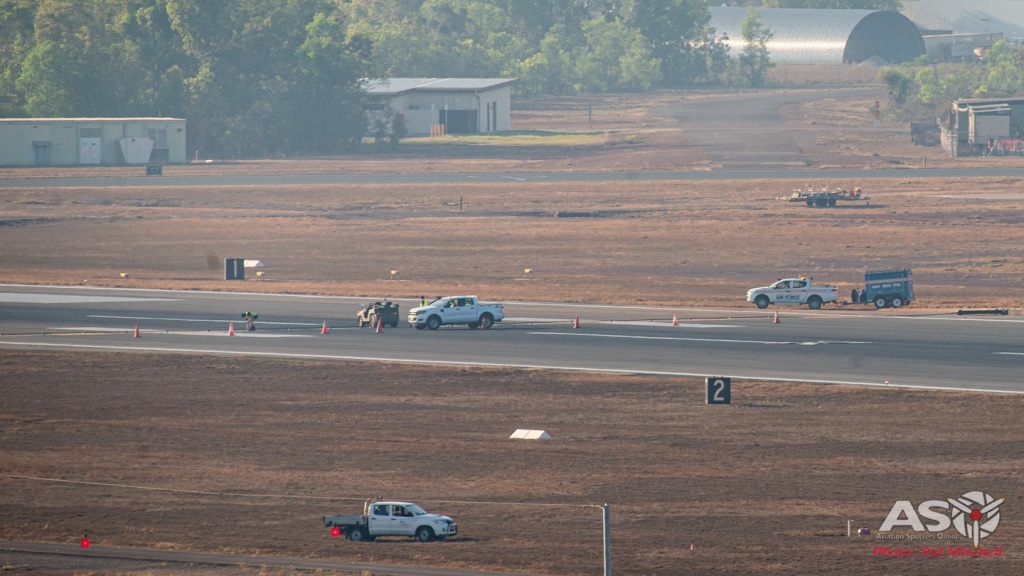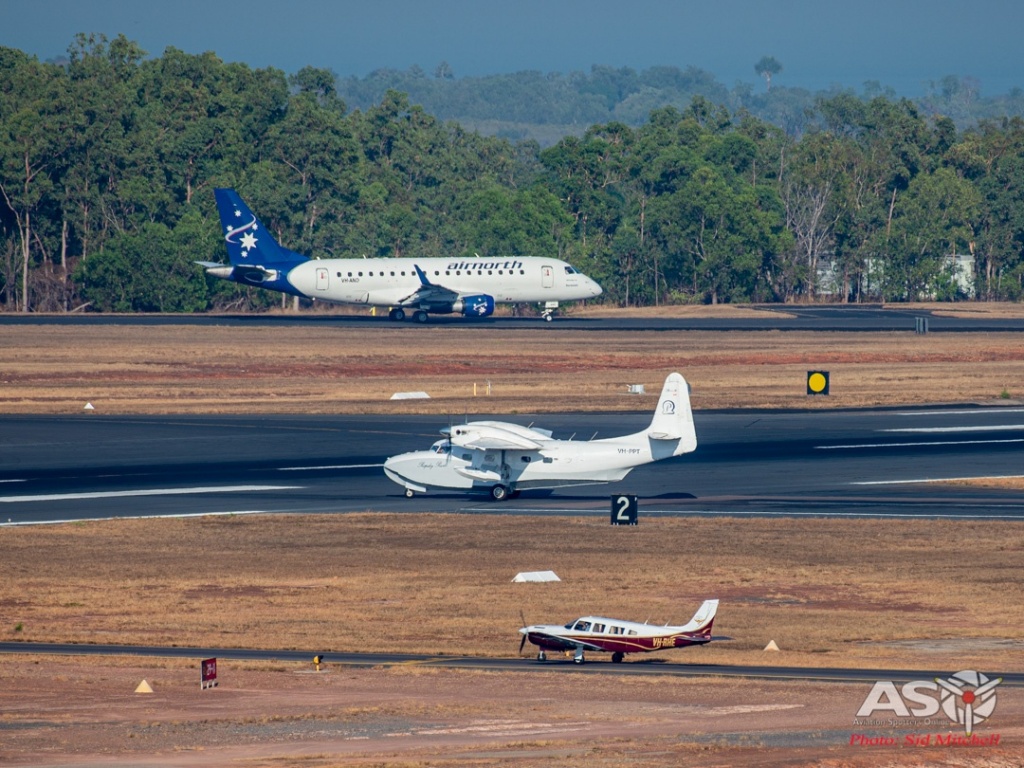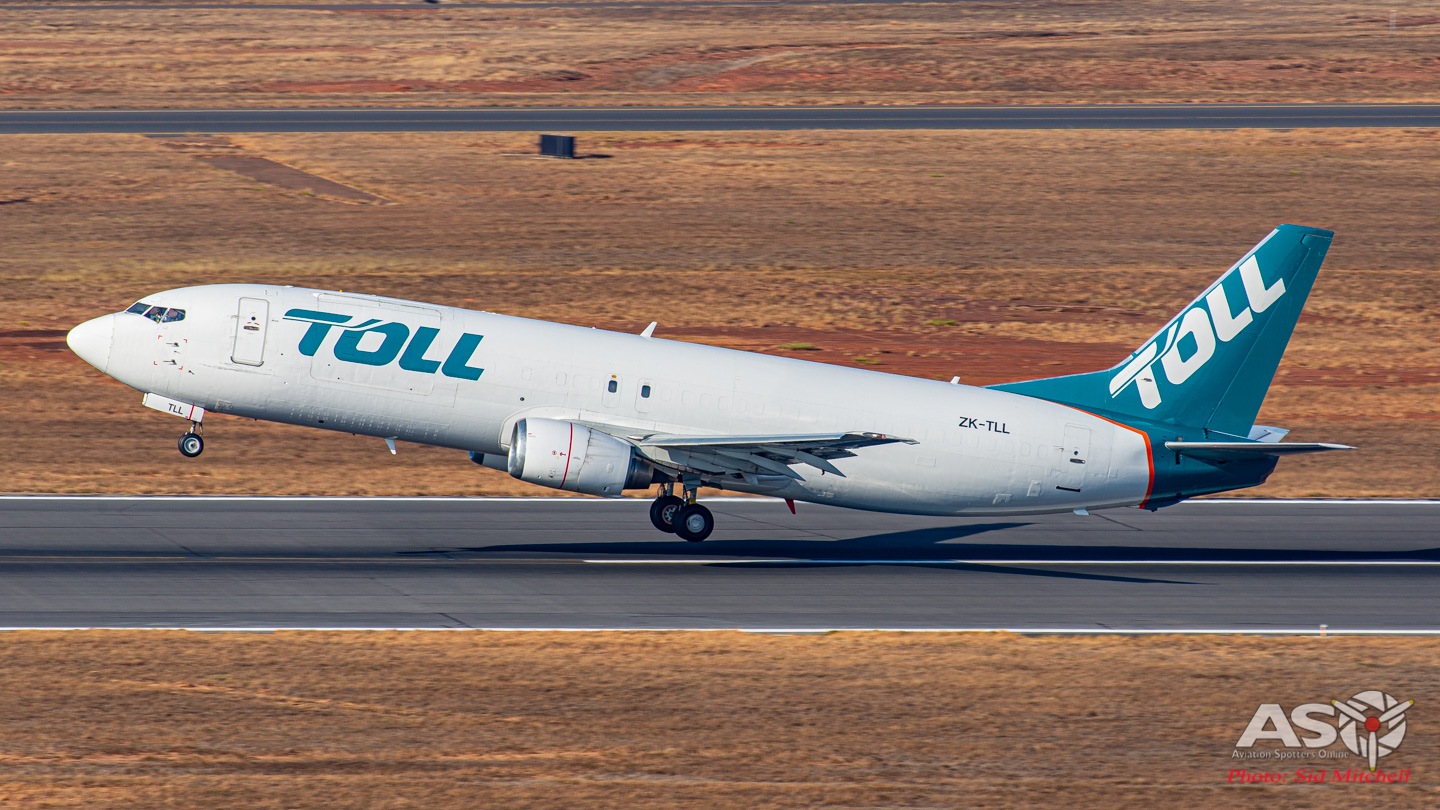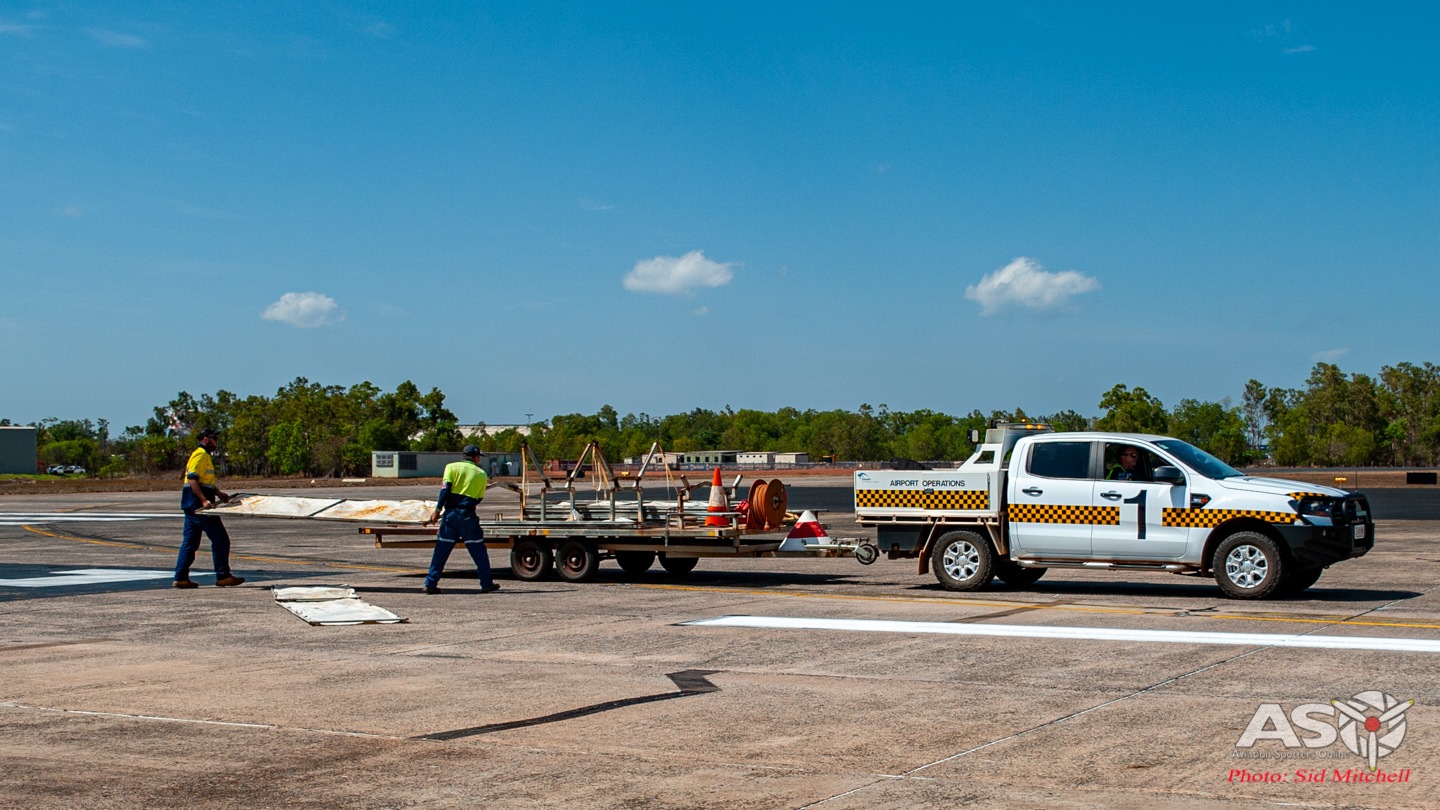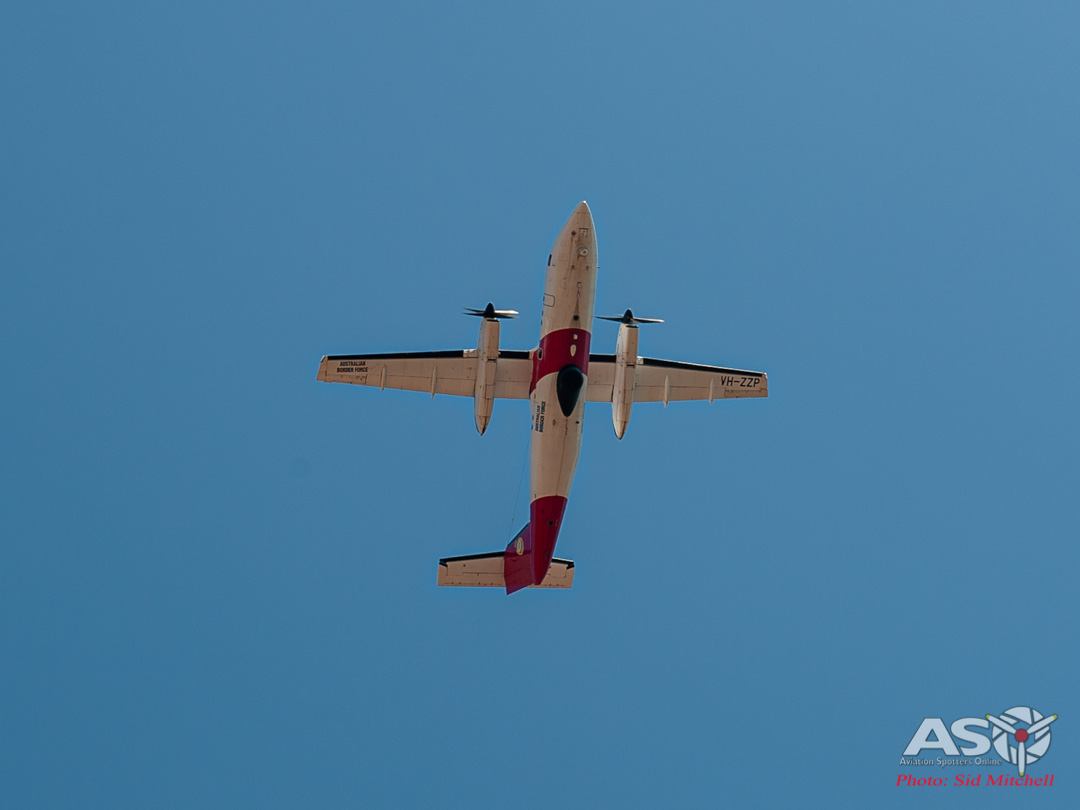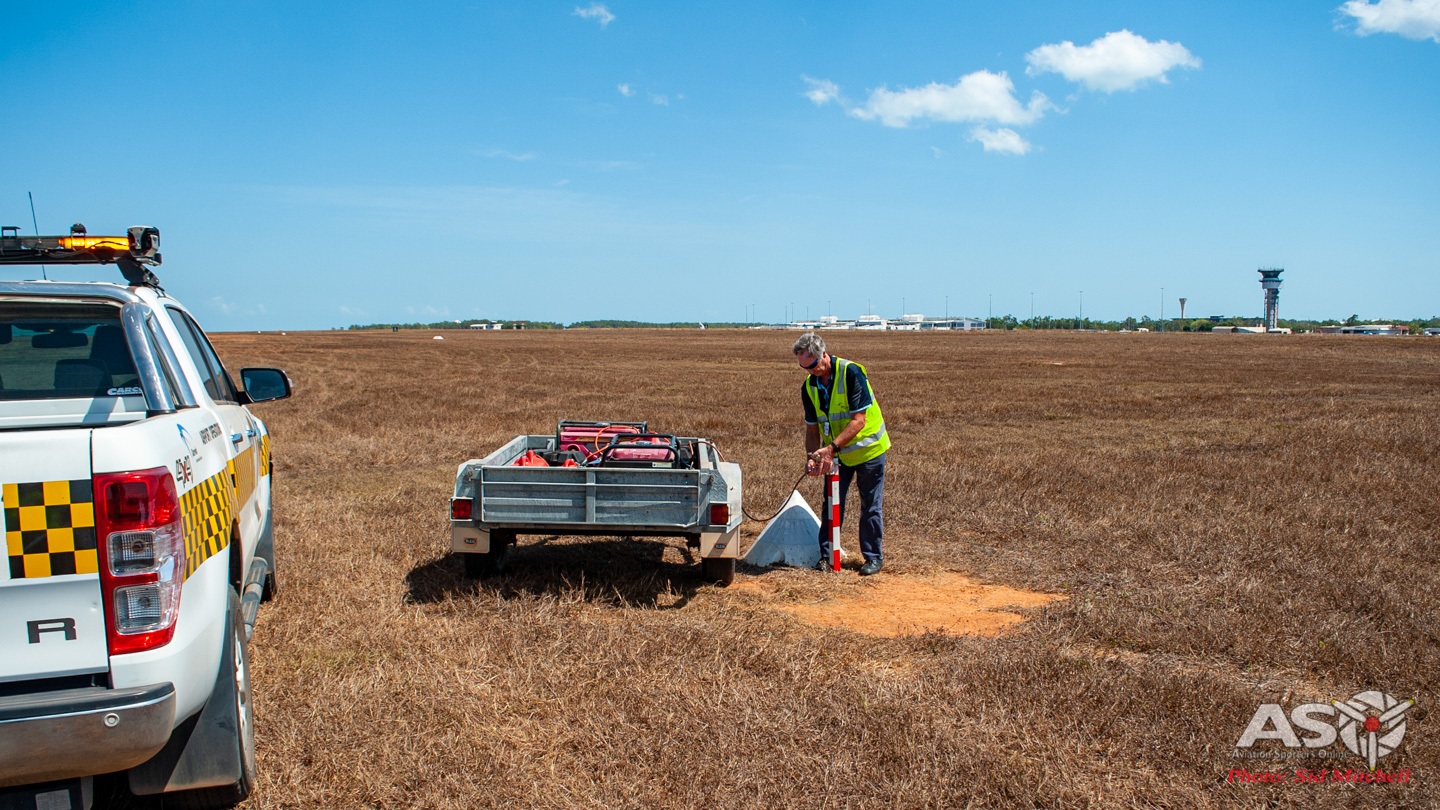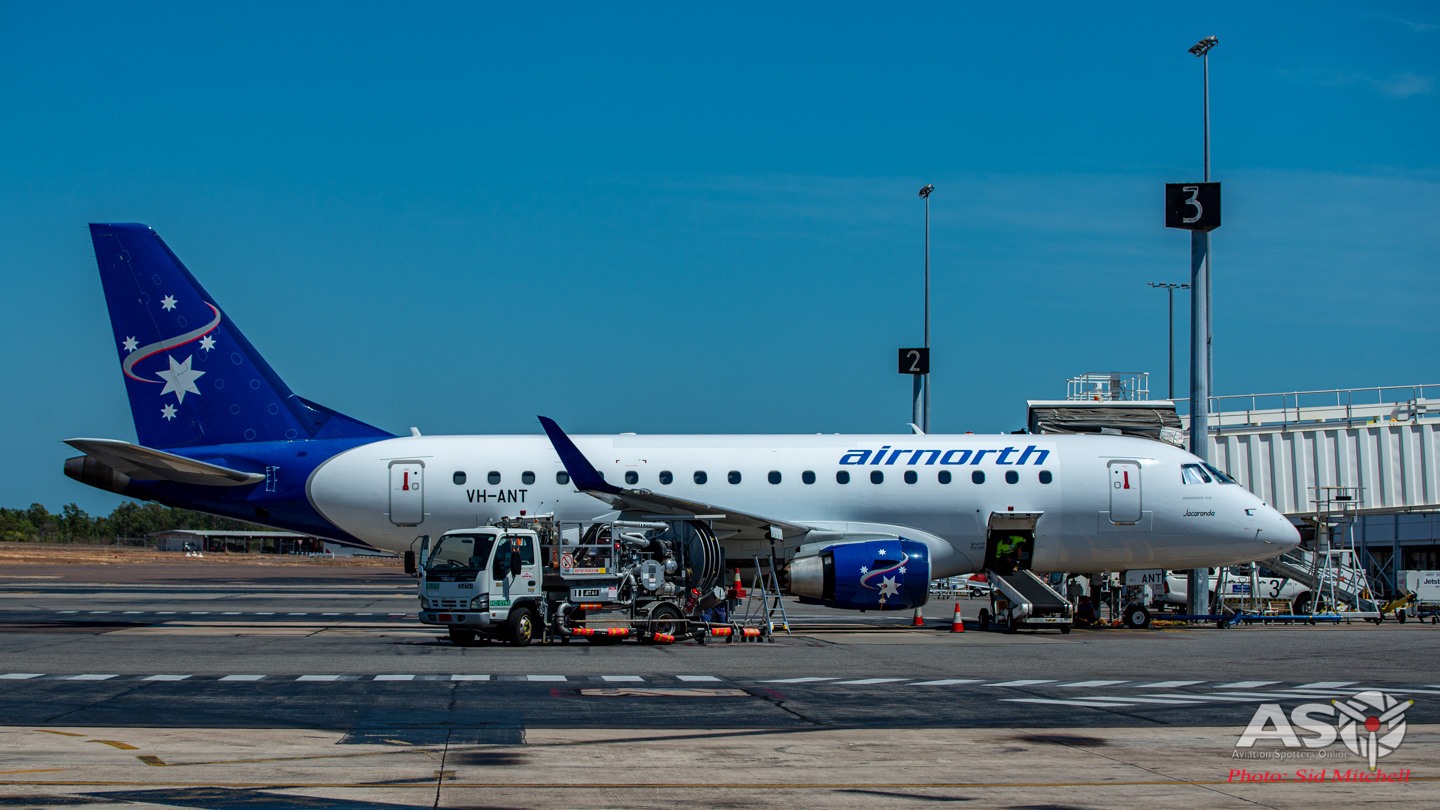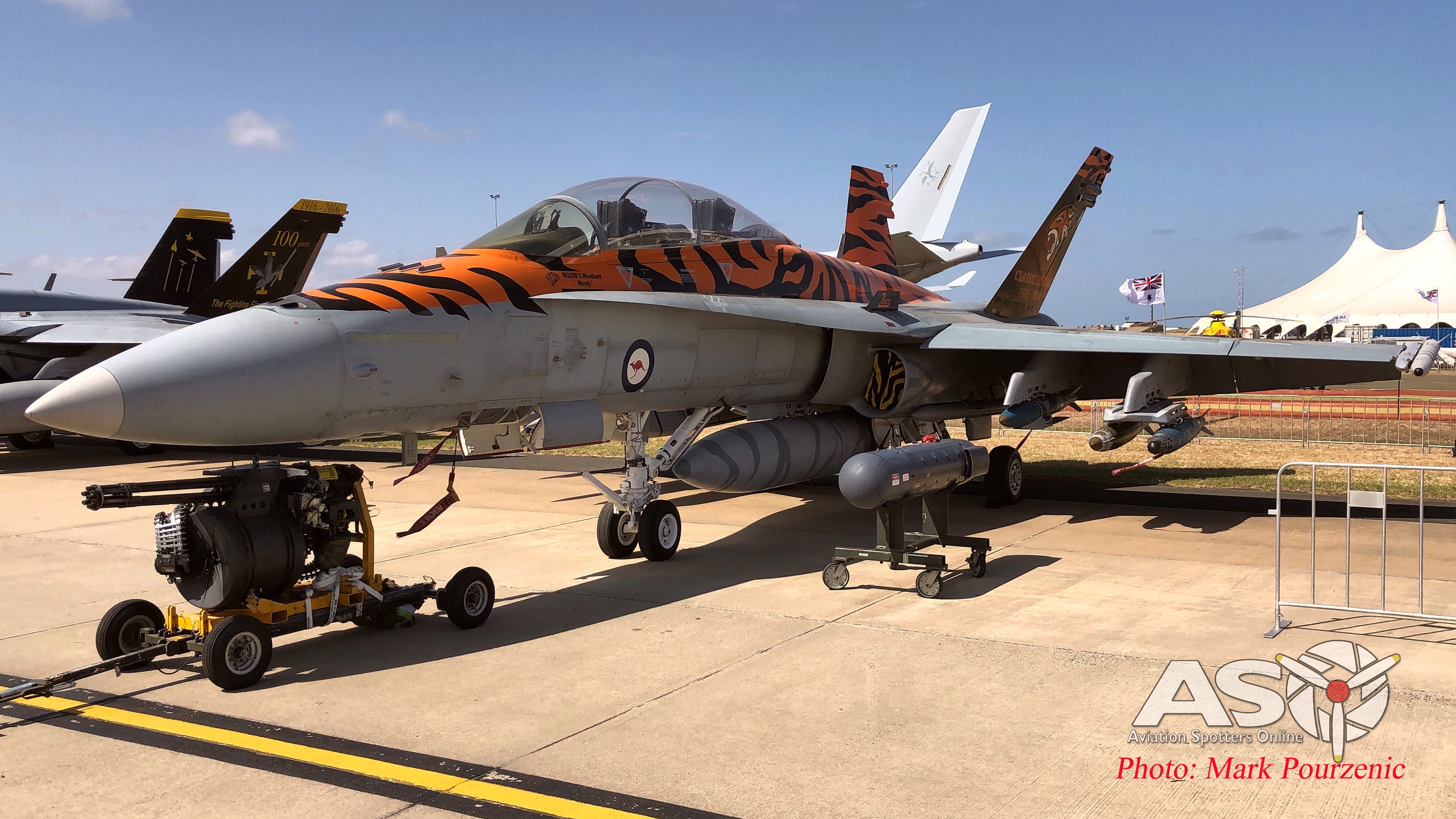Safety Week 2019
During October, Airport Safety Week features across the Australian aviation industry. At Darwin International Airport (DIA) Safety Week is an important look at safety within airport operations. It’s an annual safety campaign that is specifically tailored to engage with employees and contractors working on an aerodrome, and one topic that will be in focus this year is the Displaced Threshold.

Having been involved with Safety Week a year ago with a look at Airside Safety in the Top End (see here Safety One ) I was contacted by DIA once more. I was invited by Davy Semal, the Head of Airport Operations at DIA, to capture some imagery of the placing and lifting of a temporary Displaced Threshold at Darwin.
Darwin International Airport has the distinction of being one of the highest implementers of Displaced Thresholds in Australia. Local aircraft operators take it in their stride, as do the major airlines and the military, but sometimes passengers ask – ‘We landed over the top of people and machines on the runway, is that safe?’
Yes it is, so read on to find out what the airside operations team do to make it safely happen.
Displaced Threshold
So, what is a Displaced Threshold? – Well, in simple terms it means when a threshold (the end of the useable runway) is NOT located at the normal extremity of that runway. In other words, some of the runway surface at either end is unserviceable, making the available runway length shorter than it normally is.
Why does there need to be a Displaced Threshold? – Sometimes works are required on or near the runway surface, such as repair or patching of the surface itself, painting of markings or maintenance of fixtures and equipment located within the runway. Another reason could be that equipment such as a crane may need to operate or be positioned in the approach area creating an obstacle intrusion into the normal 3 degree approach or departure path for aircraft.
Darwin Runways
As a shared civilian and military facility, Darwin International Airport is also called RAAF Base Darwin, and as such sees a considerable amount of military traffic each year, especially during exercise periods. With various fast jets such as RAAF F/A-18A/B Classic, F/A-18F Super Hornets and EA-18G Growlers passing through all year round. Foreign Air Force aircraft like F-16’s, F-15s and F-18s are also deployed here during various exercises and so the Arrestor Cable system at each end of Runway 11/29 occasionally gets utilised by these jets.
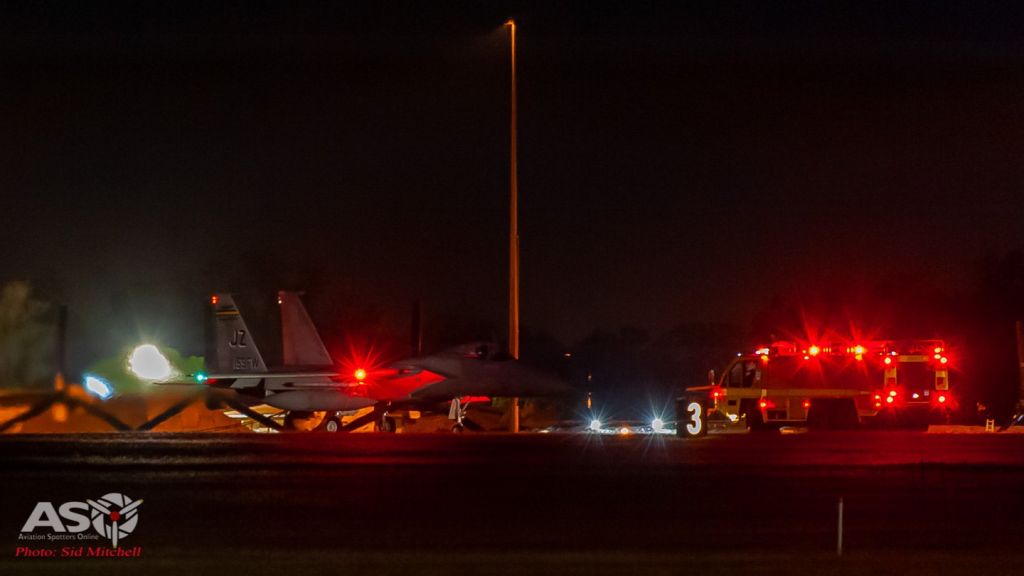
USAF F-15C 85-0102 still attached to the cable after taking a precautionary arrested landing – Exercise Diamond Storm 2019
To maintain reliability and functionality, the Royal Australian Air Force perform regular maintenance on the arrester system located at each end. Arrestor Cable maintenance is one of the main reasons that Darwin has so many displace thresholds each year and maintenance has been planned to occur at the Eastern Cable at approximately 0745.
There are a number of Displaced Threshold types that can be in place depending on the obstruction type and length of time but for this case I was only observing a temporary Displaced Threshold. The RAAF Cable Party would only need a few hours maximum to perform their checks before the Displaced Threshold could be lifted and normal runway length operations returned.
Planning
As part of the planning for a Displaced Threshold there is a NOTAM (Notice to Airman) issued for Darwin – this informs pilots during their flight planning of the expected change to operating conditions, the information is also transmitted via the ATIS (Automatic Terminal Information Service) so that even if the NOTAM is missed, the information is also available by radio to a pilot approaching the airport. For aircrew this means they need to review and sometimes adjust the way they take off and land – aircraft performance, different departure points, etc, to meet the new conditions. As for the Safety Team, they follow the Manual of Standards (MOS) — Part 139 Aerodromes, which is pretty much the ‘bible’ containing instructions in accordance with the Civil Aviation Safety Regulations 1998.
My part
With a heads up from Davy I was put in contact with the 452SQN ATC Operations Commander FltLt Richard, to gain access to the Air Traffic Control tower. The plan was for me to capture the placing of the Displaced Threshold from a different perspective, the external platform of the tower. I have been fortunate to take photo’s from the tower previously and know it is a great place to get an overall view of the airport, albeit in this case, my subject was more than 1200m away.
I would then join Davy and Mike (Airside Operations Manager) later observing in Safety Two with Liam (Airside Operations Officer) and his team in Safety One performing the lifting of the Displaced Threshold. This is all after the Cable Party had finished their tasks on the Aircraft Arrestor System.
With the 452 Sqn A/OPSCDR paving the way I was buzzed in through security at 0645 the next day. Signing in and being escorted to the top of the Control Tower, I set up on the external platform on a rather smokey Top End morning – dry season grass fires certainly have drawbacks sometimes, but we take what we can get.
Mornings are quite busy at Darwin with many General Aviation aircraft departing to regional airports, the Tiwi Islands and remote community airstrips, plus the regular scheduled Commercial Airline flights. A mixture of singles, twins, turboprops plus commercial jets from Qantas, Virgin Australia, Toll and Air North departed early plus a RSAF C-130H headed out to Rockhampton, the only military aircraft in the mix this particular morning.
Laying the Displaced Threshold
About 0715 I could see Safety One with Davy, Mike and Liam towing the Displaced Threshold trailer down to the eastern end of the runway. Today Darwin began the day with Runway 11 as the duty runway, meaning that all departing aircraft would be taking off over the top of the working RAAF Cable Party. Depending on the time of year , often the duty runway will switch to Runway 29 as the sea breeze kicks in after midday.
In line with the NOTAM at 0730 Safety One was cleared by ATC (Darwin Ground) to proceed and change the approach lighting configuration. Departing aircraft won’t see anything but should the runway direction be changed during the displaced threshold, all lighting is ready for approaching aircraft.
The Runway Threshold Identification Lights (RTILS), a pair of bright strobes were turned on to indicate the new threshold and with a visible range up to 7km or more are only used during daylight hours. For normal approach pilots use the High Intensity Approach Lighting for runway 29 ILS and Precision Approach Path Indicator (PAPI), which are red and white lights on both sides of the runway near the 1000′ mark. These light bars are a visual indicator to the pilot if he is too low or high and are switched off by the tower.
On the runway
After confirmation from the Tower all is OK the crew headed onto the runway and begin placing the Displaced Threshold markers.
For this operation the Safety Team used red and white cones across the runway near the 2000′ position to mark the Take-off Distance Available (TODA). TODA is the distance available to an aircraft to complete its ground run, lift-off and initial climb to 35 ft.
They then moved towards the Arrestor cable position and positioned orange witches-hats across Runway 11 to indicate the limit of works – this is the furtherest limit the cable crew can safely operate to on the runway.
By far the largest markers to put in place are the unserviceability crosses. These are 6m wide and are in the form of metal framed, fold-out, white panels. Each of the four crosses are spaced out on the centreline indicating the section of the runway that is no longer available – easily observable from the air.
After dropping off the trailer outside the gable markers, Safety One headed up to near the 4000′ mark and fire up the generator to power the Temporary PAPI lights, which are only located on the left side of the runway. Obtaining clearance from the tower the RAAF Cable Party began their maintenance tasks while aircraft continued to take off over their heads. I watched them for a while and could hear the requests for ‘Cable up’ and Cable Down’ with the responses from the ATC “Cable going up” – “Cable going down”.
Darwin Tower
I asked FLTLT Nick how the displaced threshold affects their tower operations?
“Not too much for today on 11 – most of the singles and twins are still able to depart from their normal intersections (Victor 2 and Bravo 2) as there is plenty of runway and some will take runway 18 (the shorter cross strip)”
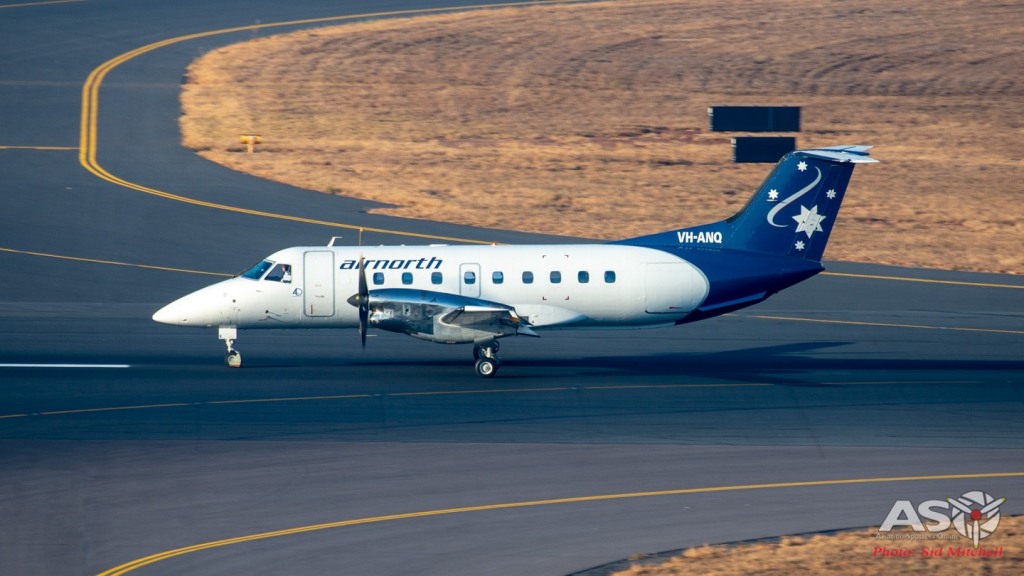
Airnorth E-120 Bazilia VH-ANQ
“The heavies (commercial jets) will have to cross – to cross 11 and taxi to Alpha 1 for a full length take off – that’s about the most impact – they just have to taxi further”
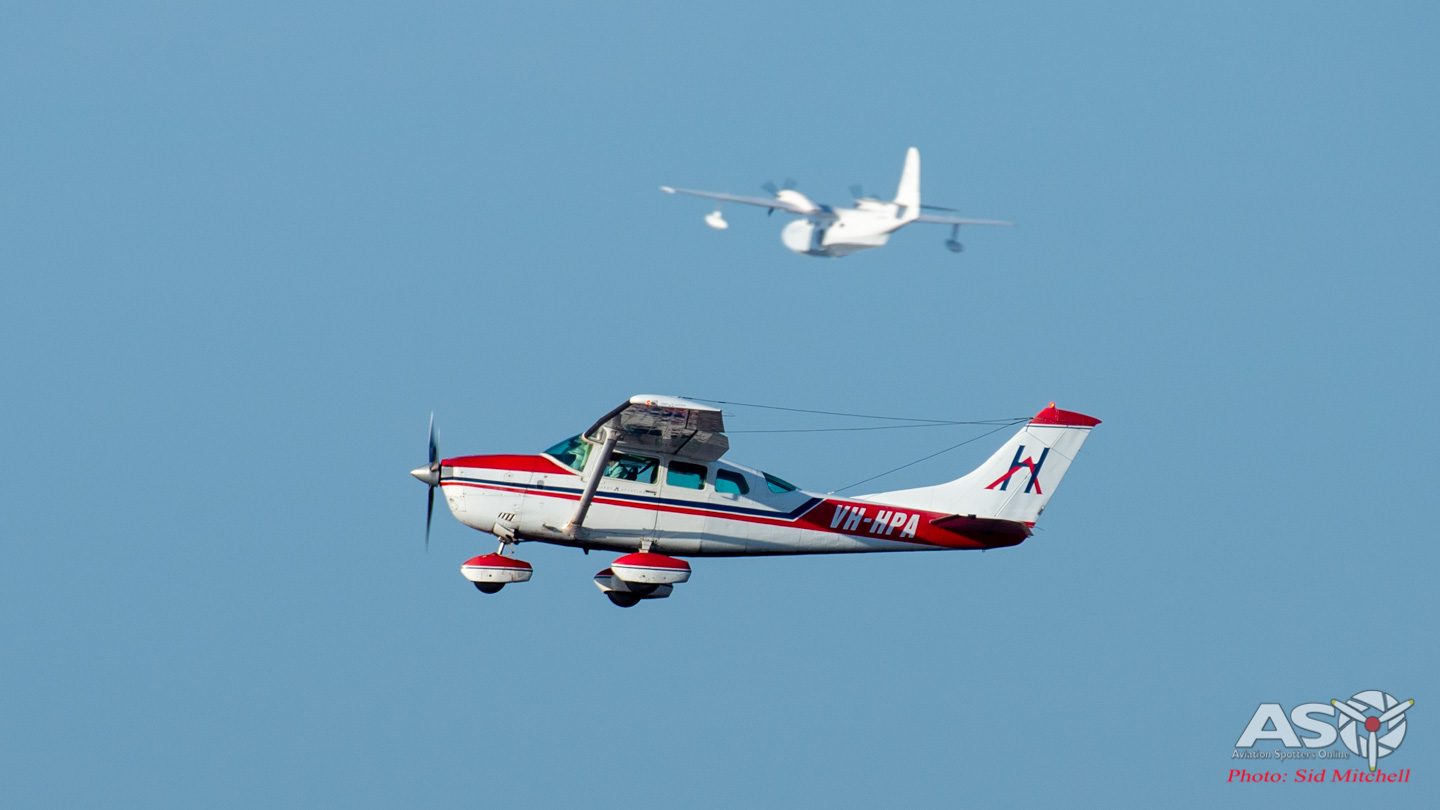
Dual runways keep the traffic flowing – Hardy’s Cessna U206G, VH-HPA and Paspaley’s G-73T Mallard, VH-PPT
“When it is the western cable being worked on with 29 as duty runway, they all pretty much go down to Alpha 6 to depart”
I watch a few more aircraft depart before thanking the tower team and heading back down the lift – it is always spectacular view from the tower platform and today was no exception.
Previous Displaced Thresholds
Catching up with Bob Calaby (Aerodrome Safety & Standards Manager) back in the Terminal, I thank him for providing some images from when DIA cut out and replaced a 240m x30m section of runway 11/29. That was a much longer displaced threshold period and the pics are amazing. How many workplaces have B747’s passing so low overhead? Bob is a veritable aviation encyclopaedia with regards to Darwin Airport history and has seen the airport grow over the last few decades. He has seen his fair share of displaced thresholds, probably in the hundreds.
Lifting the Displaced Threshold
About 1015 Mike hears the radio call that the RAAF Cable Crew have completed their work and we are good to lift the markers when ready. I ride with Mike and Davy and we meet Liam and his crew at the trailer. They hook up the trailer and we are given clearance from Darwin Ground to proceed onto the still active Runway 11.
After folding the crosses up we wait for the final clearance to remove the orange witches-hats and red and white cones while a Border force Dash-8 passes overhead. Not a B747 but still a unique experience….maybe another time.
With everything loaded and secured on the trailer, and after a final FOD check, Safety One heads out to secure the RTIL lights and we head up to the Temporary PAPI generator to unplug and turn off the generator set.
With all markers off the surface and runway lighting back to normal conditions plus a call to the Tower to inform them that’s it for the Displaced Threshold today, we drive back to the Terminal Apron.
On the way back Davy and Mike explain that the size of the unserviceability crosses has been recently changed to 36m for a runway greater than 45 m in width. Darwin’s main runway is 60 meters wide so the 36m applies and that’s a huge jump from the current 6m panels. With Darwin’s busy maintenance schedule, it will be interesting to see what type of portable and manageable cross system they develop to meet the new standards. I am sure they will arrive at a solution soon, maybe like Perth has but something that will cope with both the dry season willy willy’s and torrential wet season downpours.
Wrapping it up
As no airport stands still and because they are in demand today, I thank Davy, Bob and Mike for showing me another aspect of airside operations that most of us folks just never see. This is all in the name of maintaining safety, not just for aircraft and passengers, but those maintenance teams that carry out work within the active runway environment. I look forward to the final wrap up of Airport Safety Week at Darwin International Airport on October 18th.
Thanks must also go to No 452 Sqn Darwin Flight ATC for hosting my visit to the Tower – it’s always a buzz to observe the airfield workings from up high.
So next time you fly and see crews below working on the runway, know that it’s OK, know that there has been some serious preparation and planning around keeping everyone safe with minimal disruption to our flights as we travel by air.
Cheers…. Sid

